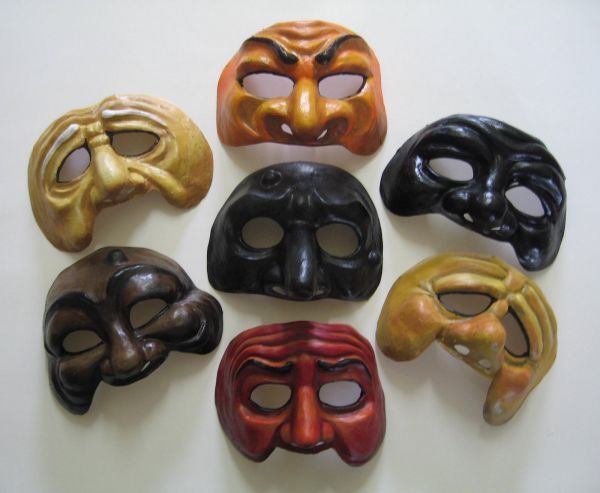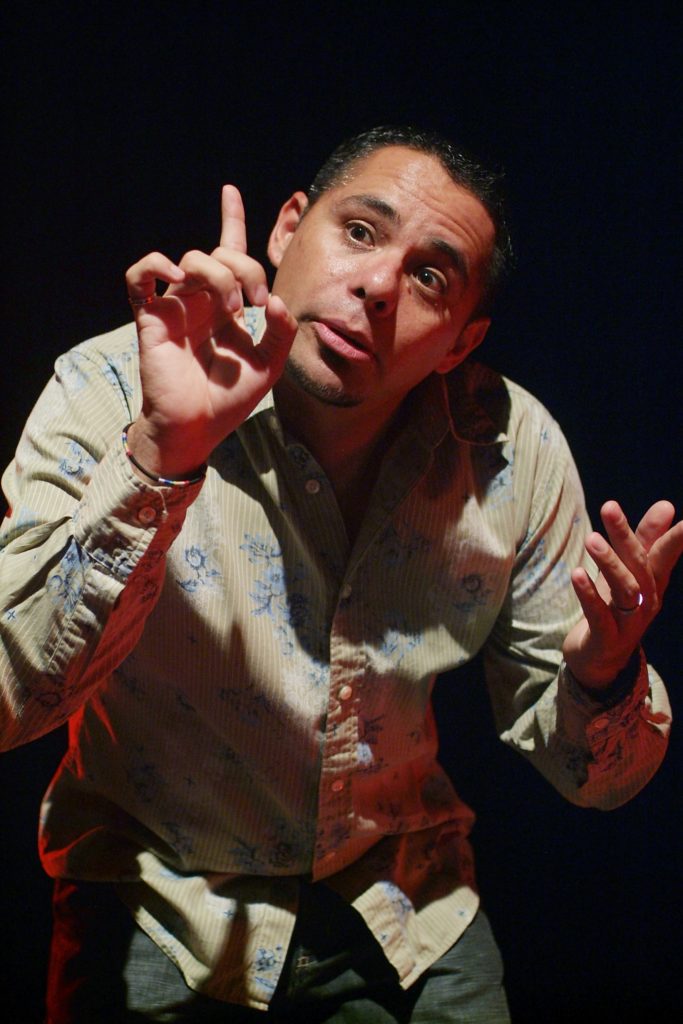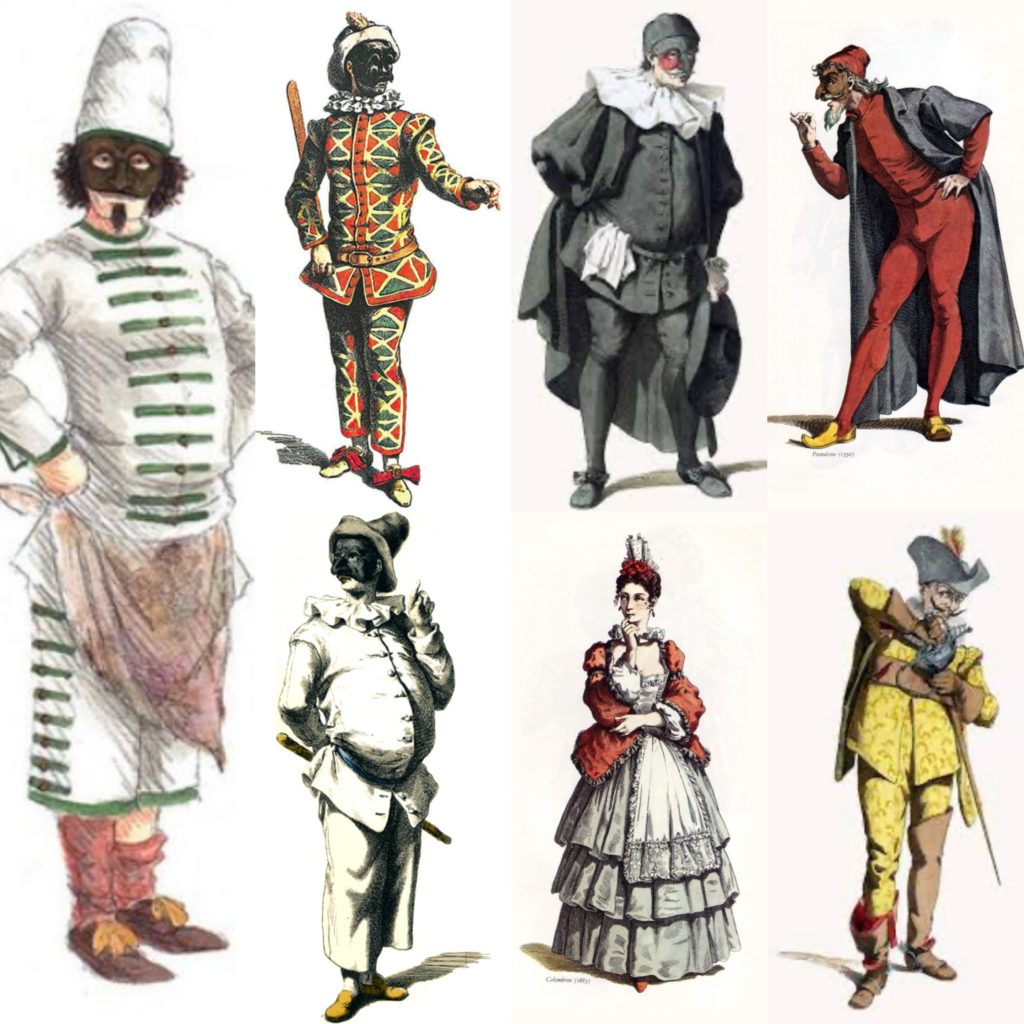0009: THAT’S WHAT IT’S ALL ABOUT!
When I first started my career in theatre, and I mean, going to school for it, I had no idea what “commedia dell’arte” was. When I first encountered it, I didn’t quite grasp its true meaning and didn’t think much of it when it came to acting on stage.
In graduate school I withdrew from acting and concentrated in directing and playwriting, and it was during this time that I started to note how the body could express emotions without the necessity to become all “emotional about it.” As I continue writing and directing plays, I became more attune with how people’s bodies morphed as they expressed their feelings. Perhaps this concept wasn’t new to anyone but it become an epiphany to me. Soon, I started to explore the physicality of the body in relation to emotional expression. How does the body react when one is happy or sad? How about when one is scared, in pain, or in love? During my graduate studies I was introduced to different physical theatre approaches: The Suzuki Method, Viewpoints Acting Technique, Lecoq, Laban, and of course, Commedia dell’arte. By the time I wrote and acted on my first solo show, I felt confident enough to understand for myself that I prefer physical acting over emotional (method or otherwise) acting.
Fast forward to today. As a college professor, I dedicate my time to teaching different theatre classes. I continue to direct plays, and of course, write them. My work today (as a director and playwright) is far more influenced by physical theatre than any other acting style out there. And when I speak of acting styles in my classes, Commedia dell’arte is always my favorite topic to discuss.
Commedia dell’arte refers to the art of comedy, but it truly means professional acting, and because commedia is all based on improvisation, commedia dell’arte is all about “the art of improvisation.”
There are 10 to 12 different characters in Commedia dell’arte. Some characters wear a mask, while others don’t wear a mask at all. Oh, and the masks are only “half masks,” only covering the upper half of an actor’s face.
According to history, the character from Commedia dell’arte were born in different towns and represent different Italian regions. Depending of their town and region, their physical characteristic, their linguistic patterns, their attitudes, their way of thinking, and their beliefs are all rooted in the regions where they were born.
Arlechinno and Brighella are both from the City of Bergamo. They belong to the Lombardy Region. Colombina, who is Arlechinno’s love interest is from Florence and she belongs to the Tuscany Region. Pantalone was born in Venice so he belongs to the Veneto Region, while his friend Il Dottore is from Bologna and he belongs to the Emilia Romagna Region. Gli Inamoratti (romantic leads) are from Florence, of course! And their region is Tuscany. El Capitano and Pulcinella are both from Naples, which is in the Campania Region. There many other characters in commedia but to me, these are the most important.
Visiting the different towns where these characters were born and find out how the town/region continues to pay tribute (or not) to these figures is what my sabbatical is all about. My hope is to learn how the different towns/regions where all these characters were born pay homage to them. I mean, the Commedia dell’arte characters were born in the 16th century during the Italian Renaissance, and after all these centuries, they continue to influence the way we practice acting and create comedy for the stage, for television, and for film. I would think their town/regions have to take notice. We will see.



Leave a Reply
You must be logged in to post a comment.